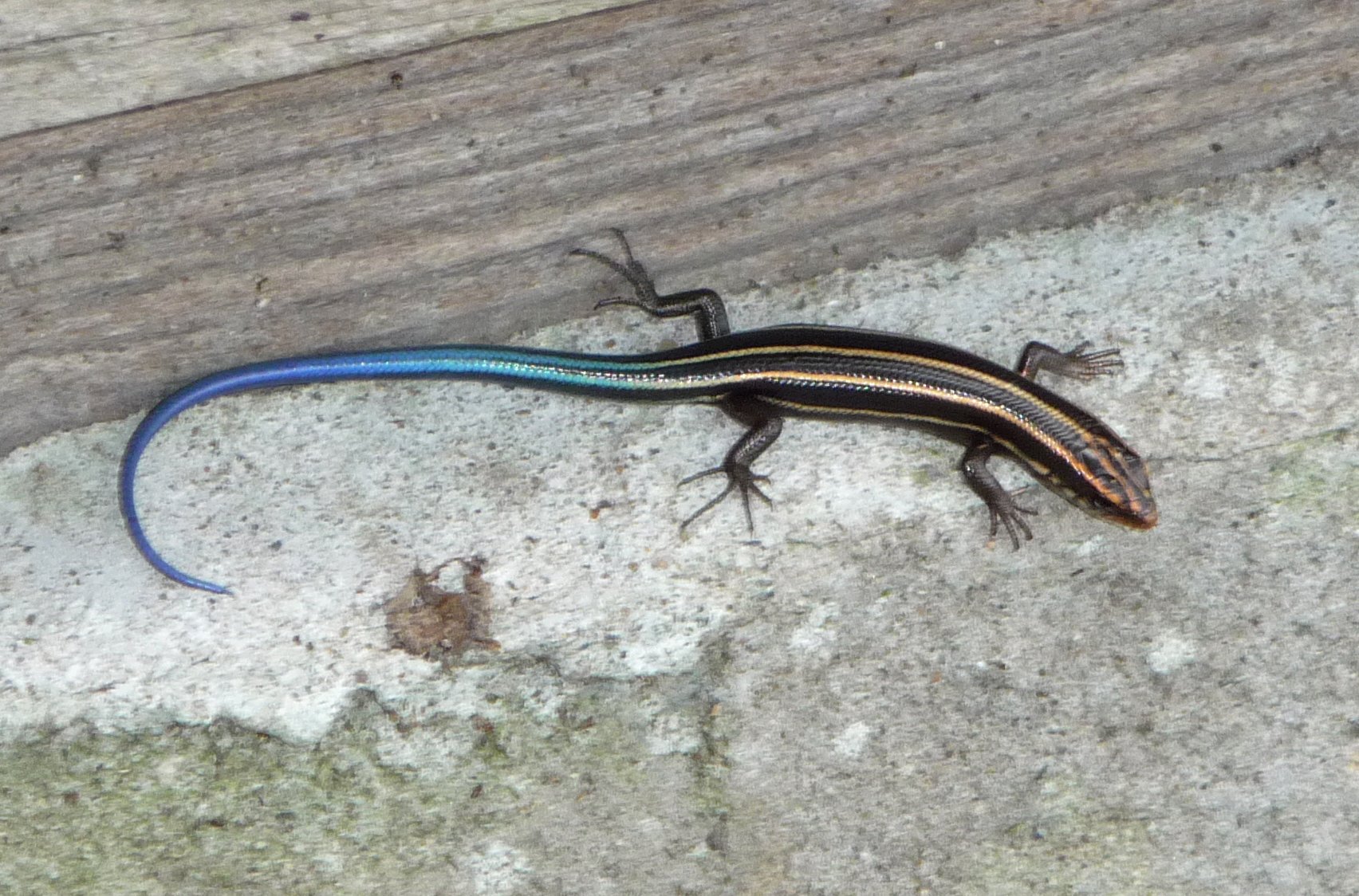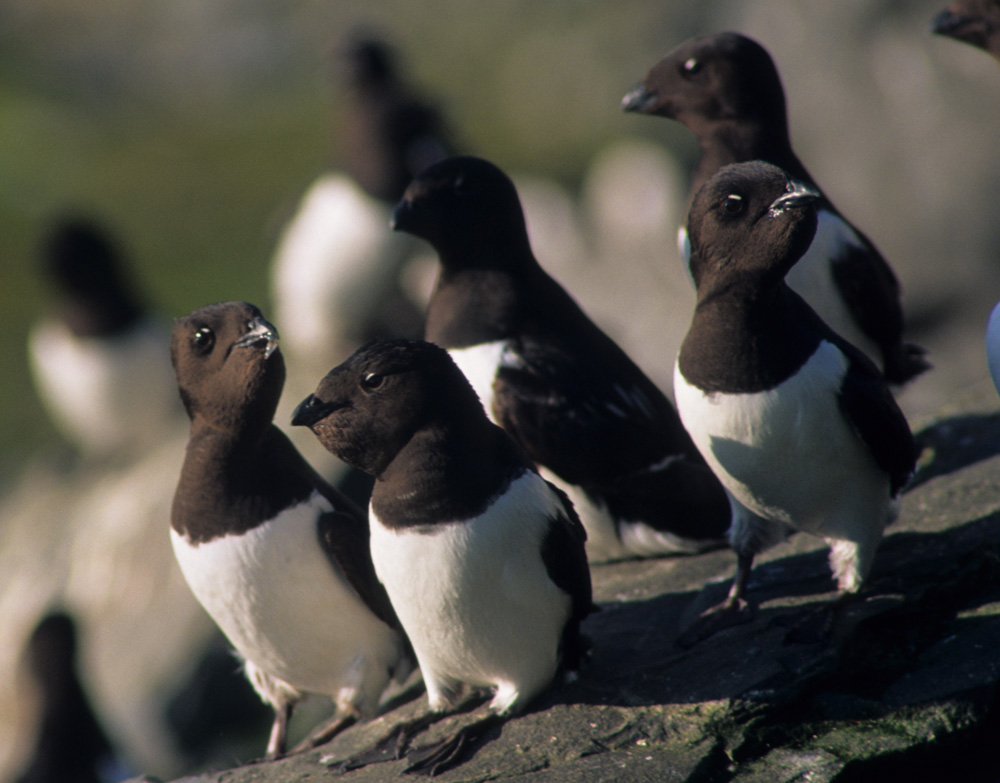Podcast 152 - Community Reboot
/The gang looks over two older review papers that are interested in communities and trophic disruption. What is important in keeping communities together and how can stable systems become destabilized? They use these two review papers as a general jumping off point to talk about the difference between a species that is just non-native vs invasive, trophic collapse or cascades, and the importance of systems interactions in keeping communities at a stable equilibrium. Meanwhile, Amanda is always meeting new people, James wants a reboot, and Curt messes up the simplest part of his job.
Up-Goer Five (Curt Edition):
Our friends talk about the groups that form when many different animals and the green things they eat all live in the same place and share matter. These groups are always changing over time, but they can reach an even state for a short time. First, the friends talk about what happens when a new animal or green thing moves into the group. Most of the time, this is not a problem. However, sometimes one new type of animal or green thing can cause a lot of problems for the group. Usually, we see this happening when the group has gotten sick because people keep breaking the place where the group lives. We usually tell if a group is sick by the number of different animals and green things in it. The more different things in a group, the better off it usually is. However, sometimes a group that is not sick can still have one of these new types of animals or green things move in and cause problems. This is because the new thing moving in is helped by one of the animals or green things already living in the group. This means that people need to think bigger about which groups might end up having problems with new types of things, because groups that aren't sick may still have problems. People need to be better about not moving around animals and green things that don't usually live there.
Second, the friends talk about the ways in which these groups can become even over time. It turns out that just a few animals in these groups usually keep the entire group even. If these animals are taken away or hurt, then the whole group suddenly changes to a very different group with far less different animals and green things in it. In other words, if just these very important animals are hurt, the whole group can get very sick. Usually, the animals that are most important at keeping the group even are the ones that eat the most. These animals are also the things that people kill because of food or clothes or fear. People need to not kill these things or everything will break down.
References:
Estes, James A., et al. "Trophic downgrading of planet Earth." science 333.6040 (2011): 301-306.
Bulleri, Fabio, John F. Bruno, and Lisandro Benedetti-Cecchi. "Beyond competition: incorporating positive interactions between species to predict ecosystem invasibility." PLoS biology 6.6 (2008): e162.

















